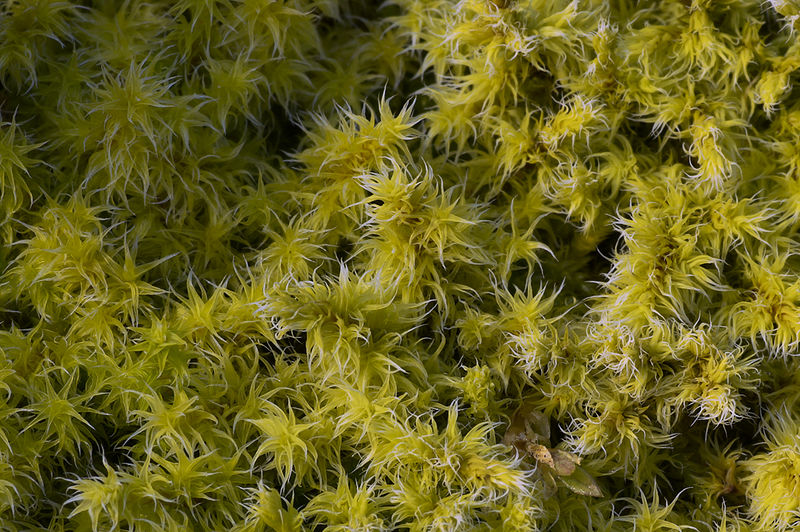Anyone who has conducted field research knows that the very process of collecting data alters the system that you are studying. As you walk across a field, forest or stream to collect data, your footfalls trample vegetation, they compact the soil, they scrape algae off the rocks.
Survey work usually involves a single visit to a site - as long as you avoid sampling from the areas you have trampled, it’s usually pretty safe to assume that your presence is unlikely to have affected the data that you have collected. Permanent plots are a different matter - because these plots are repeatedly sampled, there is cumulative damage.
In larger plots, permanent trails may be established
within plots.
Since we can’t avoid these effects, the real question is whether the effects are significant. Ecological systems are inherently heterogeneous. Does the effect of disturbance fall within the range of natural variability within the sample? That’s what really matters when it comes to data collection.
In a forthcoming paper in the journal Biotropica, Liza Comita and Gregory Goldsmith “sought to quantify the significance and spatial extent of research trail impacts on the structure and dynamics of the seedling layer in the 50-ha permanent forest dynamics plot on Barro Colorado Island (BCI), Panama”.
 Preconceptions, Evolutionary Strategies And Mosses
Preconceptions, Evolutionary Strategies And Mosses Finding Osama bin Laden with Biogeography
Finding Osama bin Laden with Biogeography The creator, or the content?
The creator, or the content? Crazy Ideas And Solid Science: Evolutionary Genetics And Eugenics In The 1920s And 30s
Crazy Ideas And Solid Science: Evolutionary Genetics And Eugenics In The 1920s And 30s







